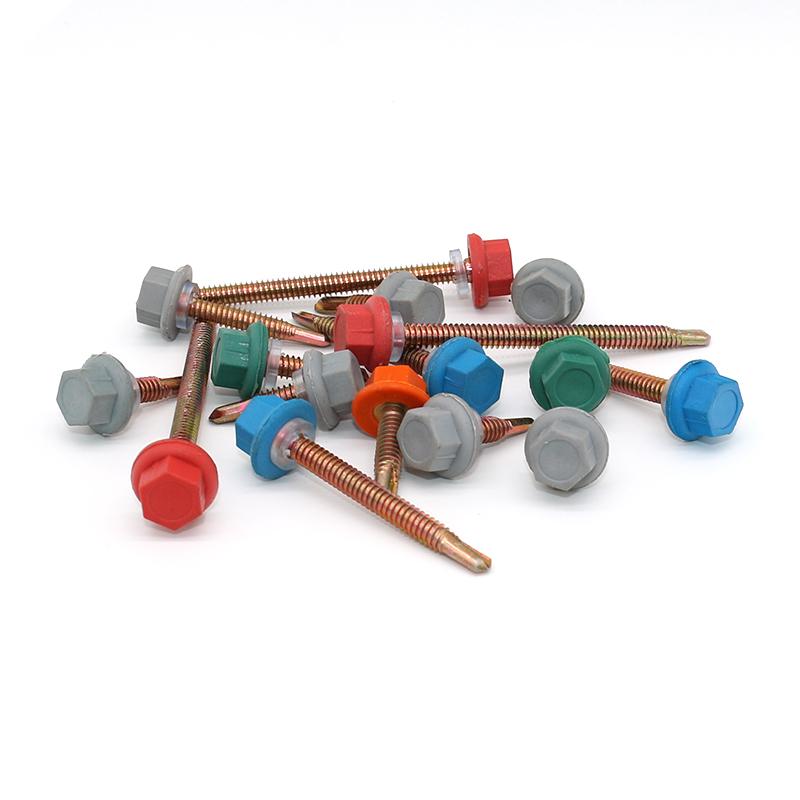Choosing Standard Flat Washer Sizes for Your Purchase Needs
Understanding Flat Washer Sizes A Guide to Buying Standard Flat Washers
When it comes to fastening applications, flat washers play a crucial role in enhancing the performance and durability of assemblies. They are primarily used to distribute loads of screws, bolts, or nuts, thereby preventing damage to the surface being fastened and minimizing friction. With numerous sizes and types available on the market, it’s essential to understand flat washer sizes to make informed purchasing decisions.
What Are Flat Washers?
Flat washers are thin, flat discs with a hole in the center, designed to be placed under the head of a bolt or nut. They serve multiple purposes, including load distribution, reducing friction, providing insulation, and protecting surfaces from scratches. Standard flat washers are made from various materials such as metal, plastic, or rubber, allowing them to cater to different applications and environments.
Common Sizes and Standards
Flat washers are available in a range of sizes, typically designated by their outer diameter (OD), inner diameter (ID), and thickness. The most commonly used standards for flat washers include imperial (inch) and metric measurements.
In the imperial system, flat washer sizes might range from 1/4 inch to 2 inches in outer diameter, with corresponding inner diameters and thicknesses. For example, a 1/4 inch flat washer might have an inner diameter of approximately 0.265 inches and a thickness of about 0.05 inches.
In contrast, the metric system offers sizes calculated in millimeters, with common dimensions such as M4, M6, M8, and M10, indicating the bolt diameter they are designed to fit. For instance, an M6 flat washer typically has an outer diameter of 12 mm, an inner diameter of 6.4 mm, and a thickness of 1 mm.
buy standard flat washer sizes

Selecting the Right Size
Choosing the appropriate flat washer size requires careful consideration of the application. Here are some critical factors to keep in mind
1. Bolt Size The inner diameter of the washer should match the size of the bolt or screw. Using a washer that is too small can lead to inadequate load distribution, while one that is too large may not seat properly.
2. Load Requirements Consider the amount of load the washer will need to support. Heavier loads may require thicker washers or those made from stronger materials.
3. Material Compatibility The environmental conditions in which the washer will be used are crucial. For example, stainless steel washers are preferred for outdoor use due to their corrosion resistance, while plastic washers may be used in electrical applications to prevent conductivity.
4. Standards Compliance Ensure that the washers meet relevant industry standards for your application. This is particularly important in fields like automotive or aerospace, where safety and reliability are paramount.
Conclusion
In summary, when it comes to buying standard flat washers, understanding sizes is critical for ensuring proper function and longevity in your projects. By considering factors like bolt size, load requirements, material compatibility, and industry standards, you can select the right washers for your needs. Always consult with suppliers or manufacturers if you have any doubts about the appropriate sizes for your specific applications. With the right flat washers in place, you can enhance the performance and reliability of your assemblies, ensuring they stand the test of time.
-
Top Choices for Plasterboard FixingNewsDec.26,2024
-
The Versatility of Specialty WashersNewsDec.26,2024
-
Secure Your ProjectsNewsDec.26,2024
-
Essential Screws for Chipboard Flooring ProjectsNewsDec.26,2024
-
Choosing the Right Drywall ScrewsNewsDec.26,2024
-
Black Phosphate Screws for Superior PerformanceNewsDec.26,2024
-
The Versatile Choice of Nylon Flat Washers for Your NeedsNewsDec.18,2024










